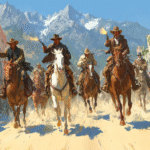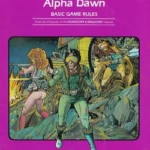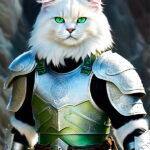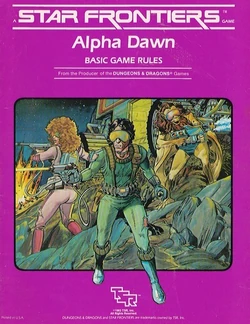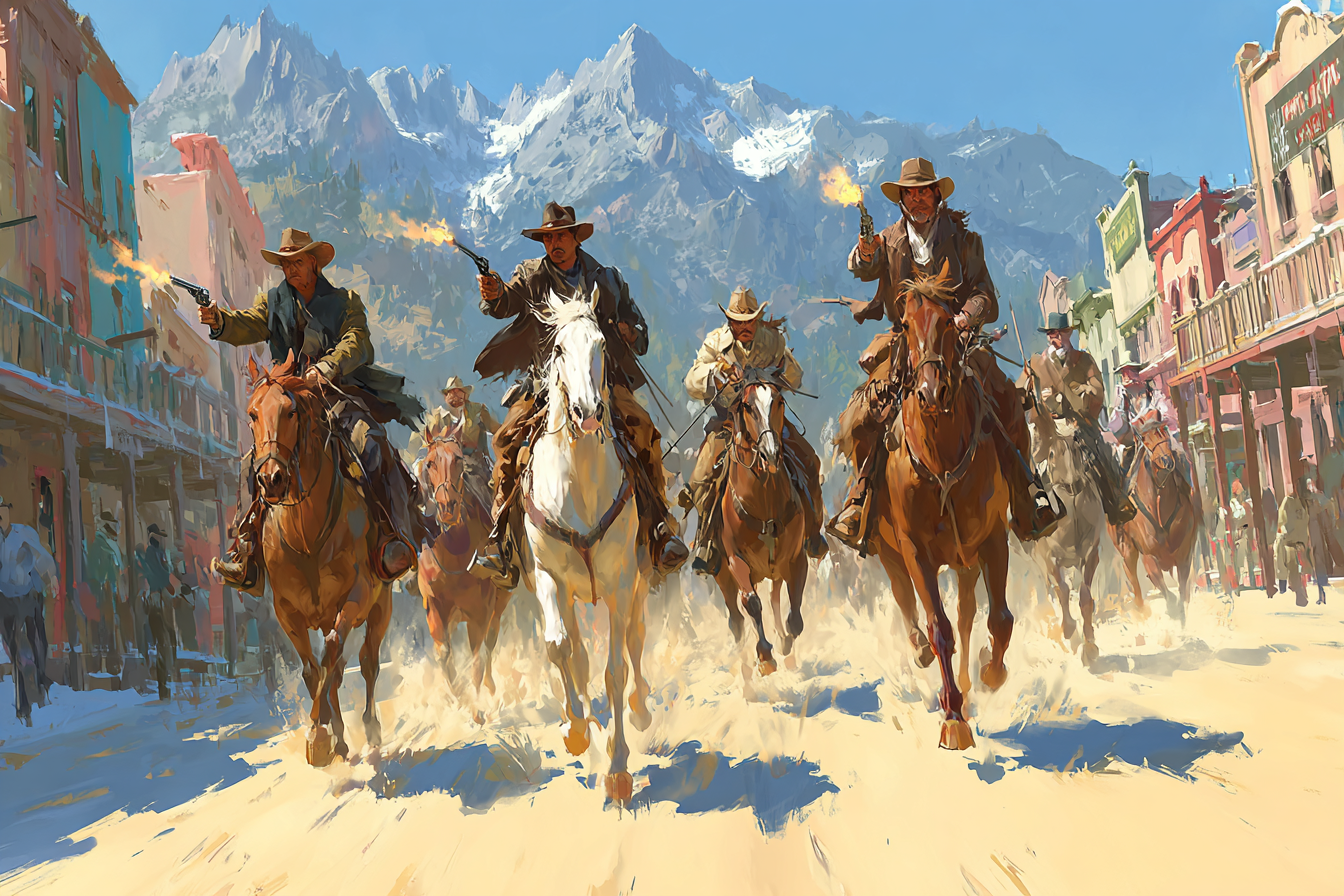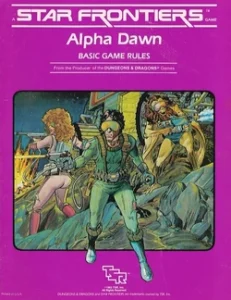 The History of Star Frontiers: A Journey Through Time and Space
The History of Star Frontiers: A Journey Through Time and Space
Star Frontiers is a celebrated tabletop role-playing game (RPG) that captivated players and science fiction enthusiasts with its imaginative universe and innovative gameplay mechanics. Launched in the late 1970s, Star Frontiers marked a key moment in the evolution of RPGs, pushing the boundaries of genre and offering players a chance to explore the cosmos like never before. In this article, we take a closer look at the history of Star Frontiers, its development, cultural impact, and lasting legacy.
The Genesis of Star Frontiers
Star Frontiers was created by TSR, Inc., the same company that birthed the iconic Dungeons & Dragons (D&D). As the popularity of tabletop gaming surged in the 1970s, the demand for a science fiction counterpart to fantasy RPGs became evident. Recognizing this niche, TSR sought to create a game that would allow players to embark on interstellar adventures filled with exploration, combat, and diplomacy.
In 1982, Star Frontiers was released as a boxed set, complete with rulebooks, character sheets, maps, and cards. The game introduced players to the vastness of the Frontier, a region of space inhabited by various alien races and rich, diverse worlds. The core rulebooks were authored by a team that included Tom Moldvay, who is also known for his contributions to D&D.
Gameplay and Mechanics
Star Frontiers distinguished itself with its user-friendly rules and innovative mechanics. Rather than using the complex percentile systems common to other RPGs, the game utilized a d20 dice system, making it accessible for both new and seasoned players. Players could choose from several careers—ranging from the daring Space Ranger to the cunning Physician—each with its own unique abilities and skills, allowing for a wide variety of character customization.
The game also emphasized cooperative storytelling, where the Game Master (GM) guided the players through their adventures in the Frontier. The setting was designed to encourage creativity and imagination, inviting players to engage in everything from interstellar trade negotiations to thrilling space battles against hostile alien races.
The Diverse Universe of the Frontier
One of the standout features of Star Frontiers is its rich and diverse universe. The game introduced players to several alien races, each with unique cultures and abilities. Among the most notable were the noble Humans, the technologically advanced Dralasites (slimy, blob-like beings), and the fierce Vrusk (insectoid merchants). These varied races offered players countless opportunities for interaction, conflict, and alliances, shaping the narrative landscape of the game.
The Frontier itself was depicted as a mix of high-tech systems and primitive worlds, blending elements of classic science fiction with the imaginative flair found in the works of authors like Isaac Asimov and Arthur C. Clarke. Players could explore ancient ruins, engage with mysterious beings, and navigate political intrigues, creating a distinctive gameplay experience that was both compelling and immersive.
Expansion and Evolution
Following the successful release of the initial boxed set, TSR introduced several supplements and adventure modules that expanded upon the lore and gameplay mechanics of Star Frontiers. Notable releases included “Star Frontiers: The Encyclopaedia” and “Zebulon’s Guide to the Frontier.” These supplements provided new options for character creation, enhanced game worlds, and even additional alien species, further enriching the player experience.
A notable film and pop culture trend in the 1980s fueled a resurgence in interest for science fiction and gaming, with Star Frontiers riding that wave to gain a devoted following among fans. The game’s influence extended beyond the tabletop, as it helped pave the way for other sci-fi RPGs and inspired creators within the genre.
The Legacy and Resurrection
Despite some waning popularity in the late 1980s and early 1990s, thanks in part to the rise of digital games, Star Frontiers maintained a loyal fanbase that kept its spirit alive. In the years that followed, fans began to revive the game through online forums and communities, where they shared resources, homebrew modules, and fanfiction.
In recent times, Star Frontiers has experienced a resurgence in interest, with new players discovering the game’s charm and nostalgia among returning veterans. The community has embraced digital platforms to share their love for the game, offering new generations the chance to engage with the Frontier and its colorful universe.
In 2020, efforts were made by fans to create a clear record of the game’s rules and lore, leading to expanded and modernized versions of Star Frontiers being released under community licenses. This allowed for a new wave of creativity and exploration within the universe, emphasizing the franchise’s enduring allure and potential for growth.
Conclusion
The history of Star Frontiers is a testament to the power of imagination, bringing together players from diverse backgrounds to explore the vastness of space in a collaborative storytelling experience. From its beginnings in the early 1980s to its current revival, Star Frontiers has left an indelible mark on the tabletop gaming community. As we look to the future, the legacy of Star Frontiers continues to inspire both players and creators, ensuring that the adventures and mysteries of the Frontier will be felt for generations to come.
 The History of Star Frontiers: A Journey Through Time and Space
The History of Star Frontiers: A Journey Through Time and Space





